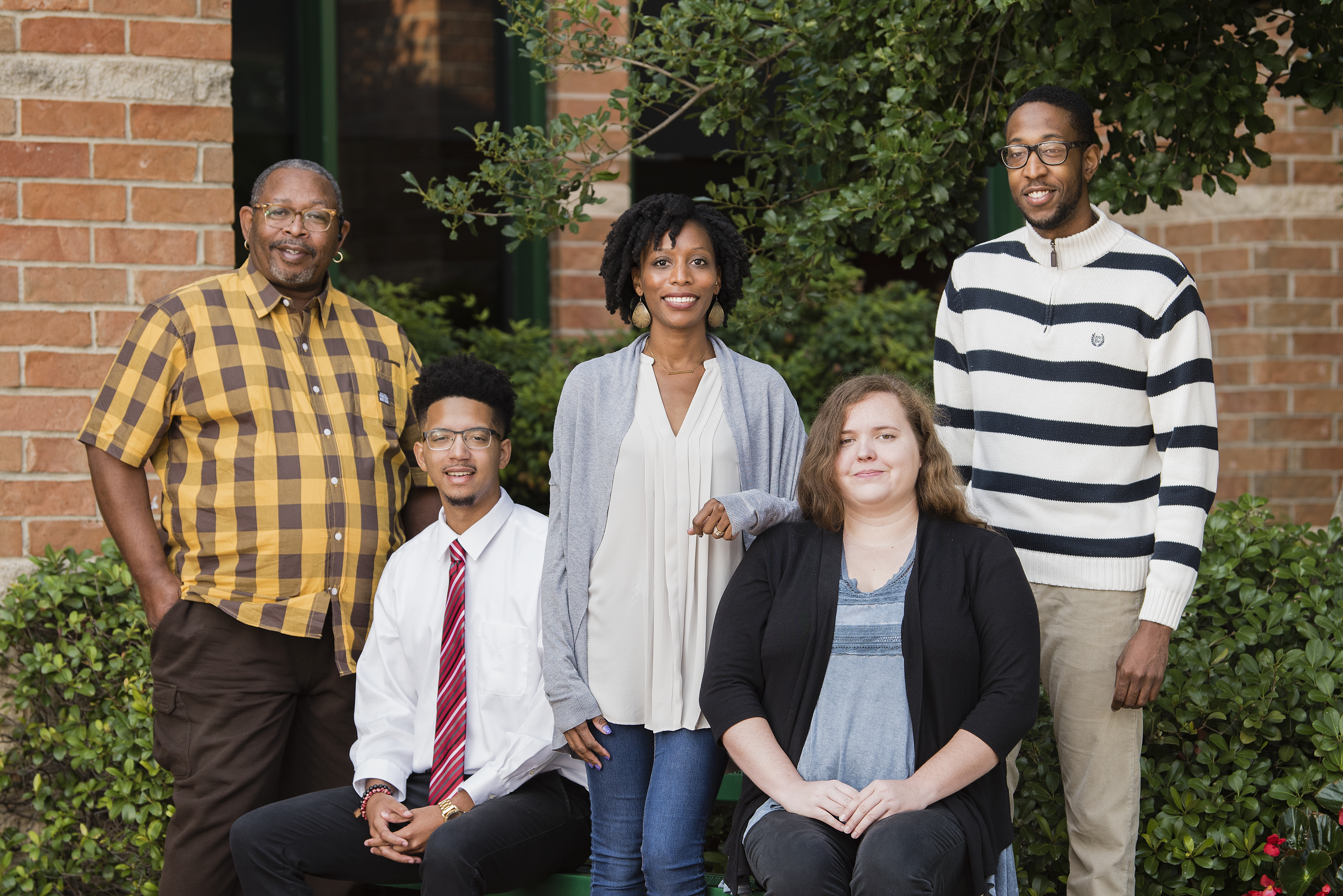
What: Freedman Town 2., an exhibition highlighting Denton’s one-time community for freed slaves, as created by students in Carla LynDale Carter-Bishop's media arts classes at the University of North Texas.
When: Jan. 8 (Monday) to Feb. 3 (Saturday). Panel discussions will take place at 6:30 p.m. Jan. 11 (Thursday) and at 6:30 p.m. Jan. 18 (Thursday).
Where: UNT on the Square, 109 N. Elm St., on Denton's historic courthouse square.
Hours: 9 a.m. - noon and 1 - 5 p.m. Monday - Friday, with extended hours until 8 p.m. on Thursdays and Fridays and 11 a.m. - 3 p.m. Saturdays.
Cost: Free.
DENTON (UNT), Texas -- The Freedman Town 2.0 app has gone from class project at the University of North Texas to an exhibition running from Jan. 8 (Monday) to Feb. 3 (Saturday) at UNT on the Square.
The app, created by students in Carla LynDale Carter-Bishop's media arts class last summer, explores the area of Denton that began in 1875 as Freedman Town, the first settlement of freed slaves, and was later called the community of Quakertown. Quakertown thrived from the 1880s until the city removed it in the 1920s. Many Quakertown residents relocated to southeast Denton.
The exhibition includes large photographs of these communities that are brought to life using an augmented reality (AR) application. When a user holds a mobile device up to a photograph, a video pops up that tells the history of that particular image.
The exhibition will also include photographs from UNT Libraries, Emily Fowler Library and the Courthouse on the Square library, as well as from residents and the MLK Jr. Rec Center. Some of the audio came from UNT's Oral History Program run by history professor Todd Moye.
The exhibition will include two panel discussions. At 6:30 p.m. Jan. 11 (Thursday), community members will talk about their experiences working on this project and the importance of documenting and preserving their history. At 6:30 p.m. Jan. 18 (Thursday), students will give behind-the-scenes tidbits about working on the videos.
The project began during Carter-Bishop's class last summer, but students from her special problems class in the fall semester have enhanced it with additional interviews.
She said she's proud of how her students and users have learned more about the area's history. Students had to go out into the community to get the interviews, visiting the American Legion Hall Senior Center and attending churches.
The app also made it accessible for all ages. Carter noticed film festivals often draw older audiences, so she used the app to create something bite-sized and accessible for younger audiences. She said children at the MLK Jr. Rec Center loved using the app during a digital scavenger hunts in the community to find information.
Carter has done similar projects over the years in other black communities.
"A lot of times their stories go unwritten and not told by the people who were there," she said. "The biggest thing I want for people in the southeast Denton community is to see images of themselves hanging on the walls and feel inspired. I want them to feel that pride and celebrate it."




